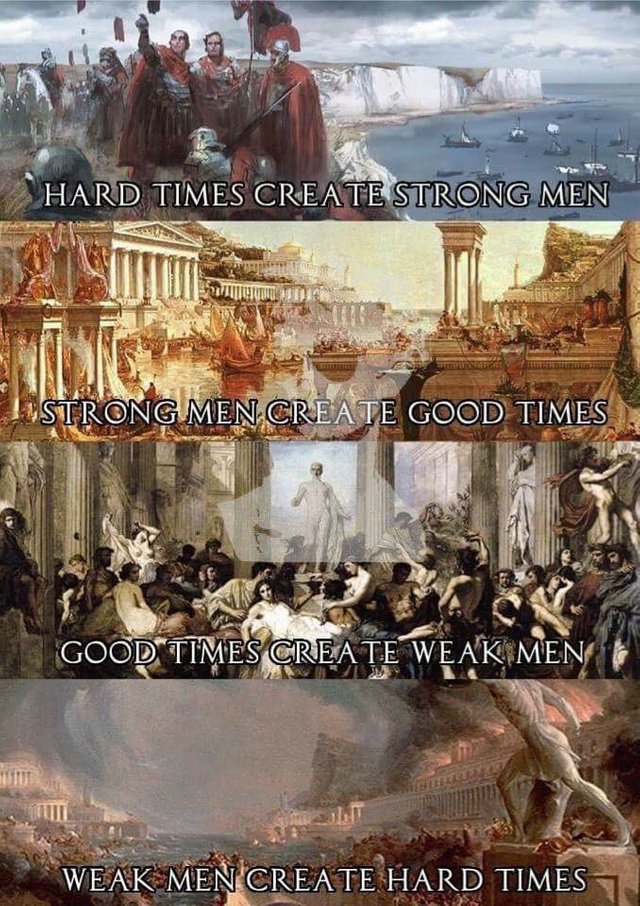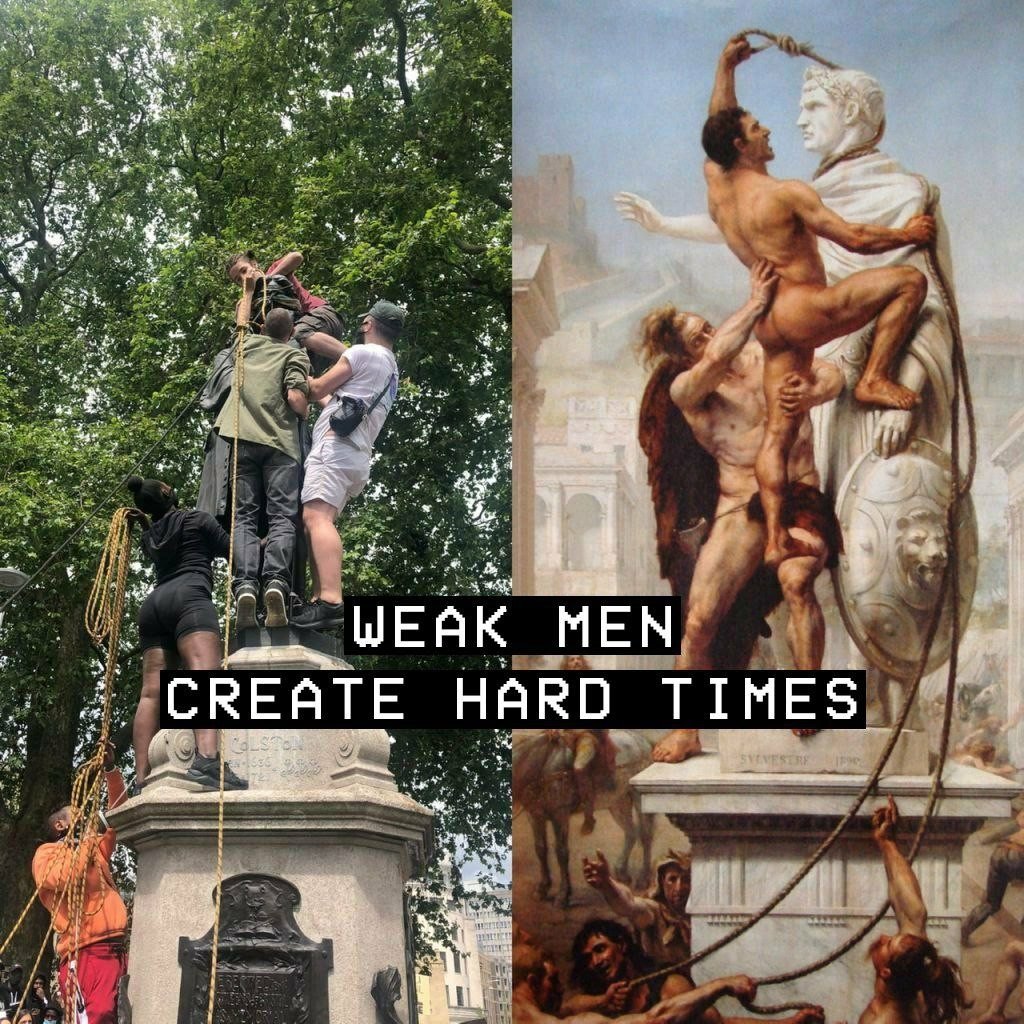There are variations of the “elephant test,” usually built around the dictionary definition of an elephant not having enough information to actually draw an elephant, in part because they are difficult to clearly and concisely describe… but you know an elephant when you see one. The “Elephant Test” I came up with recently was way of evaluating things, in this particular case, a proposed curriculum. It’s based on the old parable about blind men checking out an elephant. For those not familiar with it (paraphrasing a bit):
The story of the blind men and an elephant originated in the Indian subcontinent. It is a story of a group of blind men (or men in the dark) who touch an elephant to learn what it is like. Each one feels a different part, such as the ear or the tusk. They compare notes and learn that they are in complete disagreement, but cannot figure out why every one else is so obviously wrong. It is a parable that has crossed between many religious traditions…. The tale later became well known in Europe…. The story has been published in many books for adults and children, and interpreted in a variety of ways.
The stories differ primarily in how the elephant’s body parts are described, how violent the conflict becomes, and how (or if) the conflict among the men and their perspectives is resolved. In some versions, they stop talking, start listening and collaborate to “see” the full elephant. In others a sighted man walks by seeing the entire elephant all at once and describes it (and the blind men also learn they are all blind, Epiphany!). A common moral is that while one’s subjective experience may be accurate enough, it is unlikely to also be the totality of truth. In some versions the sighted man was deaf, and he would not hear the elephant bellow, for example. It has been used to illustrate a range of truths and fallacies; broadly, the parable implies that one’s subjective experience can be true, but that such experience is inherently limited by its failure to account for other truths or a totality of truth. It also means that even if one factual statement is completely true, if it stands alone without additional relevant facts and context it is very misleading, to the point of being worse than knowing nothing.
So my “Elephant Test” is: look at a topic covered, and ask the question “do we have enough parts of this complex idea or situation (the “elephant”) described sufficiently well that we are not lying through omission, or distorting reality to the point where we might as well just be making shit up out of thin air?”
Example: If all you teach about slavery is colonial and antebellum white Americans enslaving black Africans, with nothing more than a brief mention about the pervasiveness of slavery across the the rest of history, even if every word you speak is absolutely true and accurate you are leaving out so much you are describing an elephant as something like a large banana leaf flapping back and forth in the wind high in the air (the elephant’s ear, of course). It’s wrong and misleading. The history of slavery is long, complex, and deeply connects culture, war, economics, movements of peoples, food supplies, and more. It has existed nearly everywhere and throughout recorded history. Giving it short shrift because someone might be offended is as insane and stupid as not treating an illness because you don’t want to think about being sick.
History is messy and chaotic, people are cruel, times and choices can be hard. nature doesn’t care about your feelings, and neither does an invading army. Glossing over the rougher parts is how you make people not appreciate how good we have it, how great this nation is, and how hard you have to work to make things good, and it will bring back hard times.


Many subjects can be similarly studied, where ideas and common things can be studied across time and space to find commonalities, and what seems to work under different circumstances. What fails every time? What are alternatives that have been tried? You can connect history to current events, times, technologies, etc. A curriculum that hits things a mile wide and an inch deep will not actually allow critical thinking and analysis the size of canoe, but one that is a furlong wide and ten fathoms deep can pass a Panamax ship. With no depth, there is no understanding, no passion, no complexity, no retention.
So, make a list of a dozen or two essential subjects (slavery, economics, war (BOTH tactical and strategic considerations, including warfare “by other means”), inter-relation between geography+ culture+ resources+ people, religion, etc) and make a bullet-point list of “gotta get’s” to understand each one in comparison to the alternatives and within the context of the times, and a list that has several perspectives. Do not adopt a curriculum that fails the Elephant Test on any of them, or be prepared to fill in the gaps.
I say we kill the elephant. Eat the meat. Use the hide. Make some trinket with the ivory to get the wifey horny. Praise the lord for making elephants! And skip all this philo/civilization crap. It always turns out to be just a control mechanism for bitches anyway.
That said. Your right. One should always consider yourself to be somewhat of a blind guy, in a mechanized world. Thanks!